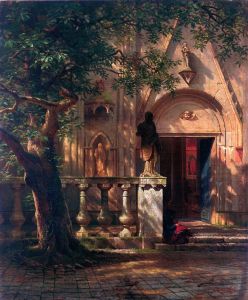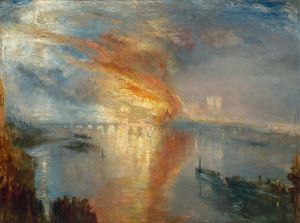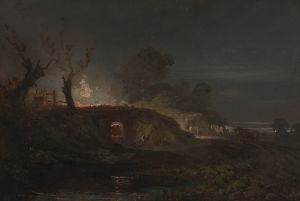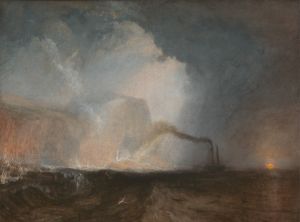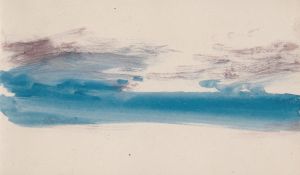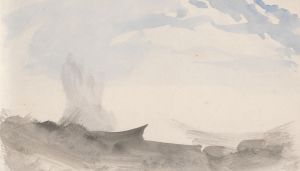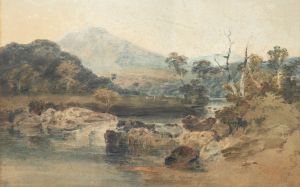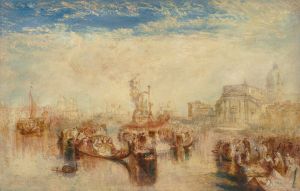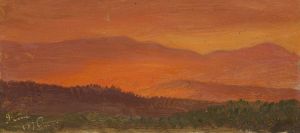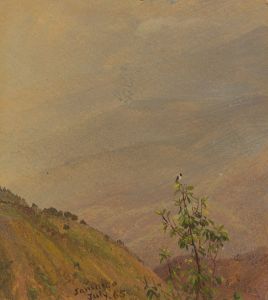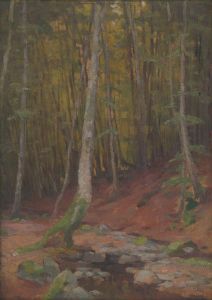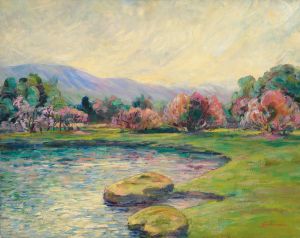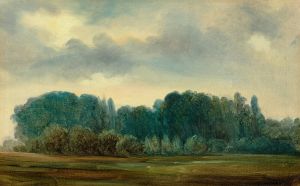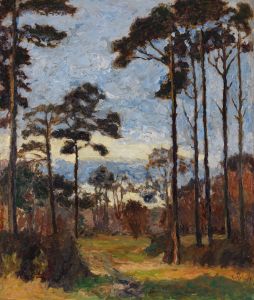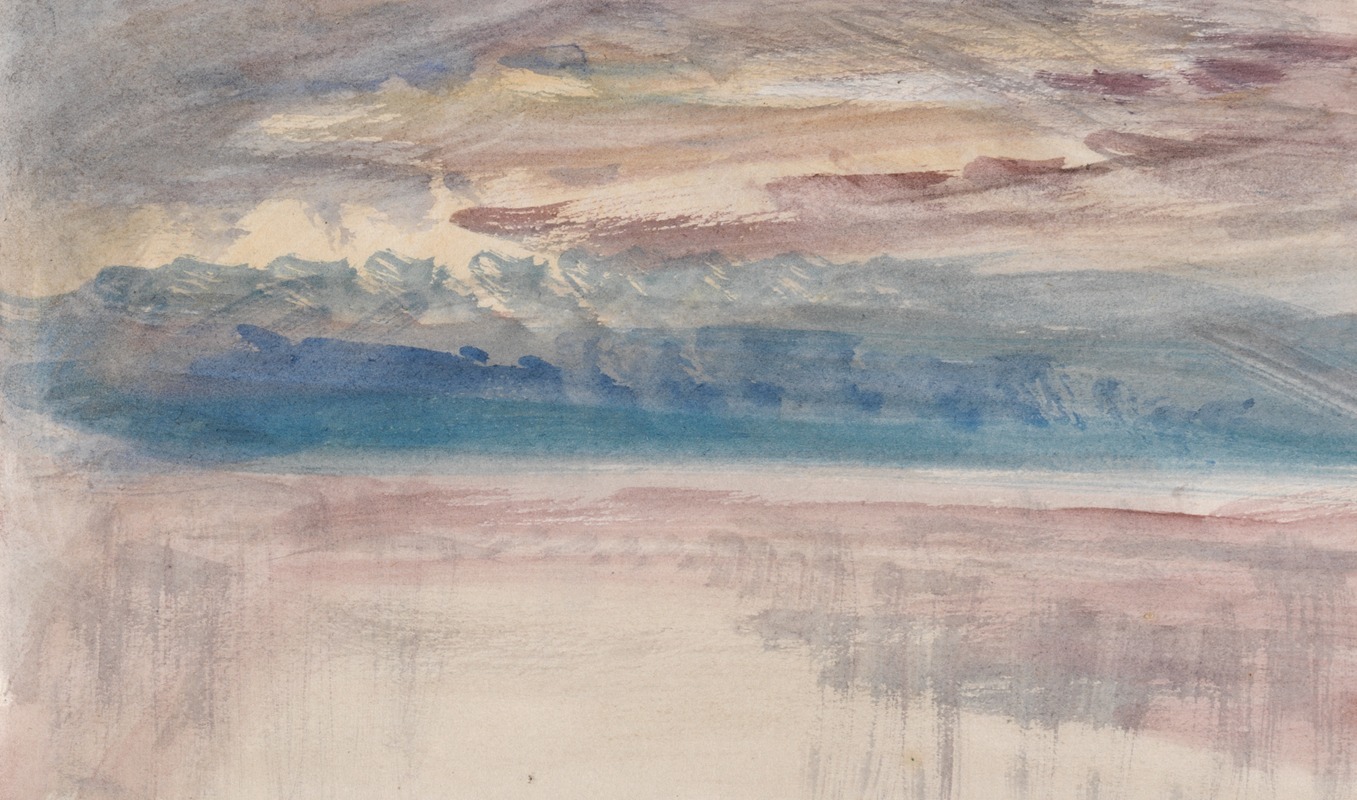
The Channel Sketchbook 17
A hand-painted replica of Joseph Mallord William Turner’s masterpiece The Channel Sketchbook 17, meticulously crafted by professional artists to capture the true essence of the original. Each piece is created with museum-quality canvas and rare mineral pigments, carefully painted by experienced artists with delicate brushstrokes and rich, layered colors to perfectly recreate the texture of the original artwork. Unlike machine-printed reproductions, this hand-painted version brings the painting to life, infused with the artist’s emotions and skill in every stroke. Whether for personal collection or home decoration, it instantly elevates the artistic atmosphere of any space.
Joseph Mallord William Turner, an English Romantic painter, printmaker, and watercolorist, is renowned for his expressive colorizations, imaginative landscapes, and turbulent marine paintings. Among his extensive body of work is "The Channel Sketchbook 17," which is part of a series of sketchbooks that Turner used throughout his career to capture preliminary studies and ideas for his larger works.
"The Channel Sketchbook 17" is one of the many sketchbooks Turner filled with drawings and watercolors during his travels. This particular sketchbook is believed to have been used during his journeys along the English Channel. Turner was known for his extensive travels, often journeying to various locations to capture the essence of the landscapes and seascapes he encountered. These sketchbooks served as a crucial tool for Turner, allowing him to quickly document scenes and impressions that he would later develop into more detailed and finished works.
The sketches in "The Channel Sketchbook 17" are characterized by their spontaneity and fluidity, capturing the dynamic and ever-changing nature of the sea and coastline. Turner's ability to convey movement and atmosphere with just a few strokes is evident in these sketches. The sketchbook includes a variety of scenes, from tranquil coastal views to more dramatic depictions of stormy seas. Turner's use of light and shadow, as well as his keen observation of natural phenomena, is apparent in these preliminary works.
Turner's sketchbooks, including "The Channel Sketchbook 17," provide valuable insight into his creative process. They reveal how he observed and interpreted the world around him, and how these initial observations were transformed into the more polished and elaborate paintings for which he is famous. The sketchbooks also highlight Turner's skill as a draftsman and his ability to capture the essence of a scene with remarkable economy and precision.
"The Channel Sketchbook 17" is part of the collection at Tate Britain, which houses the largest collection of Turner's works. The sketchbook, along with many others, was bequeathed to the nation by Turner upon his death in 1851. This generous bequest has allowed scholars and art enthusiasts to study Turner's work in great detail, providing a comprehensive understanding of his artistic development and techniques.
In summary, "The Channel Sketchbook 17" by Joseph Mallord William Turner is a significant artifact that offers a glimpse into the artist's process of capturing the natural world. Through his sketches, Turner was able to document the fleeting moments of the English Channel's landscapes and seascapes, which he later transformed into the evocative and powerful paintings that have cemented his legacy as one of the greatest artists of the Romantic era.





